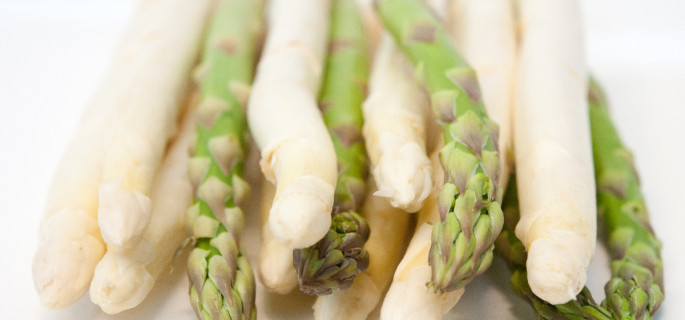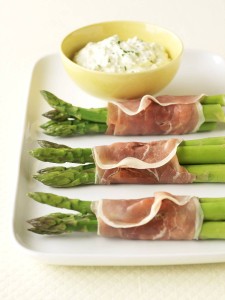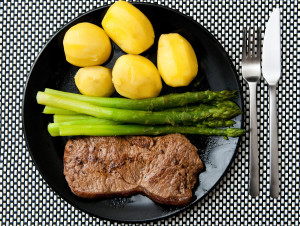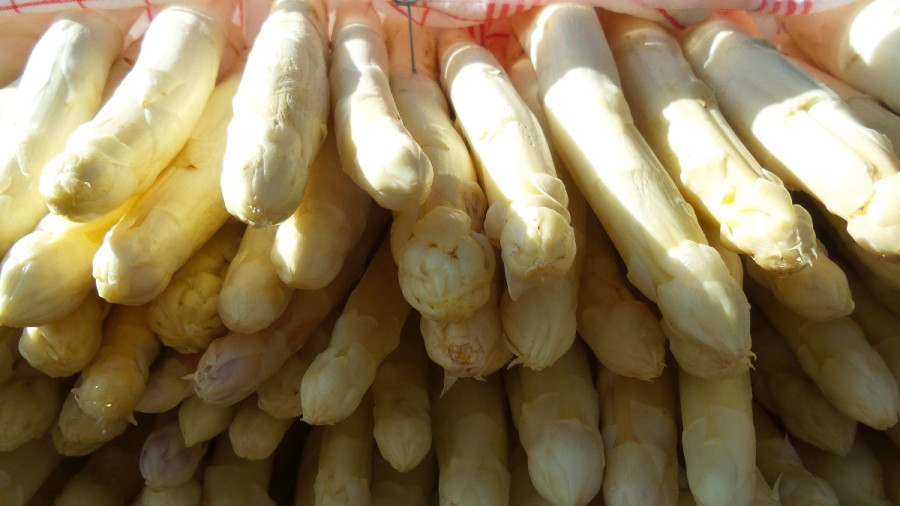Asparagus Signals Spring for Germans

MunichNOW’s own Michael V Owens takes a light-hearted look at the significance of asparagus for Germans beyond it being simply a food source.
Ah yes, ‘Spargelzeit’ (asparagus time). Nothing seems to captivate the Germans, the Bavarians even more so, than those 8 weeks that end on June 24th. And the fascination runs across all generations, genders and socioeconomic strata. The health benefits of asparagus are many and well-documented, but the love of it goes well beyond that. But why?
Asparagus is grown throughout the world, and the history of the vegetable goes back around 4,000 years. Most people eat the green variety, but the white type grows larger and is tenderer. It is much more expensive because the cultivating and harvesting methods are very tedious and complex, and is therefore (naturally) coveted by Germans.
Whether you eat white or green asparagus, the most important factor is it must be fresh. Any person with a little bit of experience with asparagus can taste fresh from not so fresh because the flavor of asparagus turns from a sweet, yet distinct mild flavor to a bitter one as the vegetable ages. This brings us to our first point of why the Germans like it so much.
The Germans, very rightfully so, are proud of their skills organizing and transporting. Getting asparagus to the market while it still has

A first asparagus rod of the season is seen on 02/04/2014 in a field near Wöbbelin (Mecklenburg-Vorpommern), while a man stands next to it on the field. The warm winter lets asparagus growers have an early harvest. On the farm Denissen the asparagus grows to 65 acres. Photo: Jens Buttner
retained the desired freshness requires the skill set that most Germans seem to have. From harvesting to consumption, the whole process should be completed in about 12-24 hours when things are working properly. An old farmer’s rule says asparagus is best when “Morgens gestochen und mittags verzehrt” (picked in the morning and eaten at lunch). This is also why many Germans choose to take their cars to the source of the asparagus.
Here in Bavaria, the most famous place for asparagus is Schrobenhausen, though nearly any place in Germany has excellent asparagus, and the countryside is dotted with stands that sell the very freshest and tastiest product. So whenever a box of fresh asparagus is opened, it is like a reaffirmation of what it is to be German, with their ideas of time and order.
The second reason, and I believe the more important reason, is that Spargelzeit signals the end of winter in a way altogether different from Carnival or even Starkbierfest (Strong Beer Festival). While those celebrate the end of winter with lots of alcohol and craziness, asparagus is the first fresh vegetable or fruit grown in Germany that can be eaten by Germans, and can be enjoyed by everyone to some degree or another. It heralds the coming of spring, with its infinite promise of great weather (before June’s reality of rain dampens the excitement), a return to the outdoors, the eating of fresh fruits and vegetables after a winter of heavy roasted meats, sauerkraut and dumplings.
Quite often in May the weather in Bavaria is what can only be described as epic. The Bavarian sky takes on its special blue hue. Farmhouse balconies are tidied up and flowers are planted, as the gardens are readied for a season of grilling and beer drinking. Bicycles are serviced and people begin to try to lose their ‘Winterspeck” (winter’s bacon), the few extra kilos that were accumulated during the winter. The first few shoots of asparagus seem to set the buzz of activity in motion.
If you don’t know how to prepare asparagus, have no fear - nearly any decent restaurant has a “Spargel Menu”: that’s right, a menu devoted entirely to asparagus. From soups to starters, main courses to desserts (yes, it is even in some desserts!), one does not have to look far for some excellent dishes that celebrate asparagus. And remember, the smell wafting up from the toilet a few hours after eating asparagus can mean only one thing: spring is on the way! And your kidneys will thank you, too!








 Euro Converter
Euro Converter